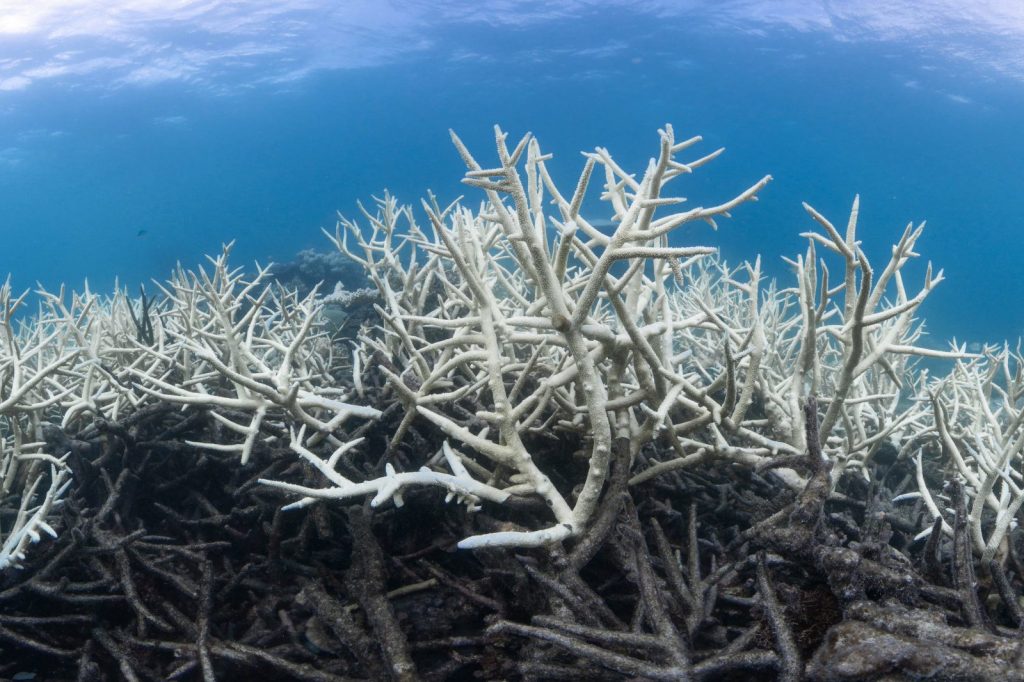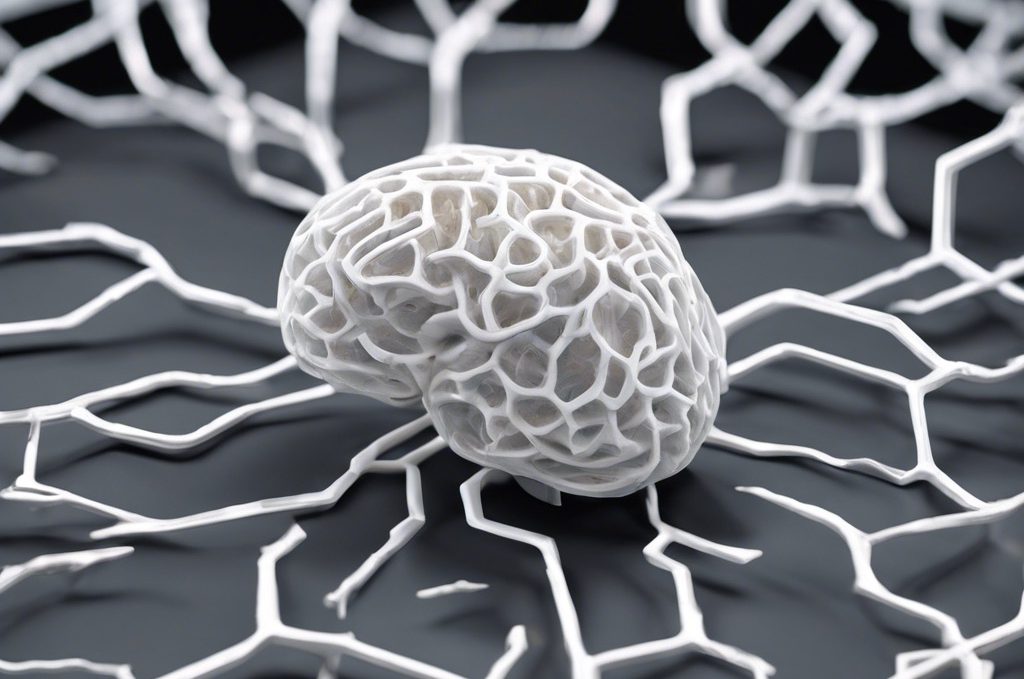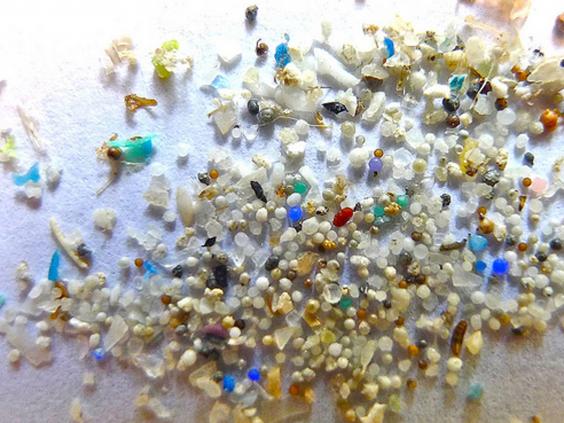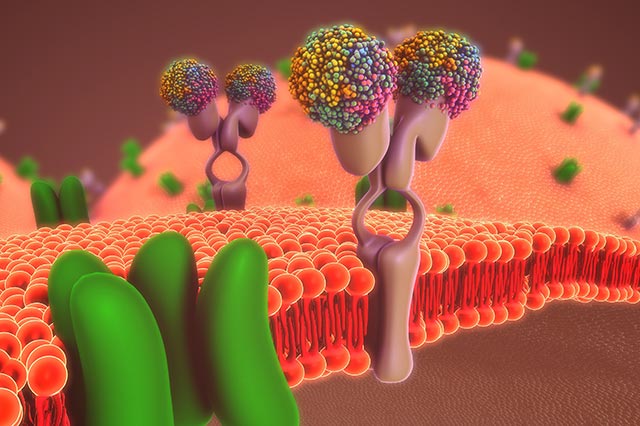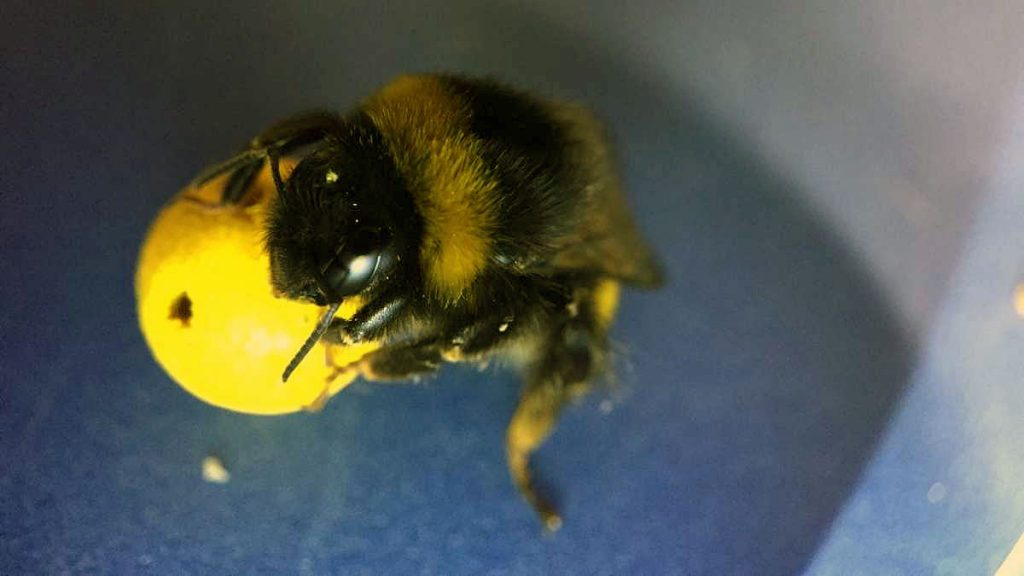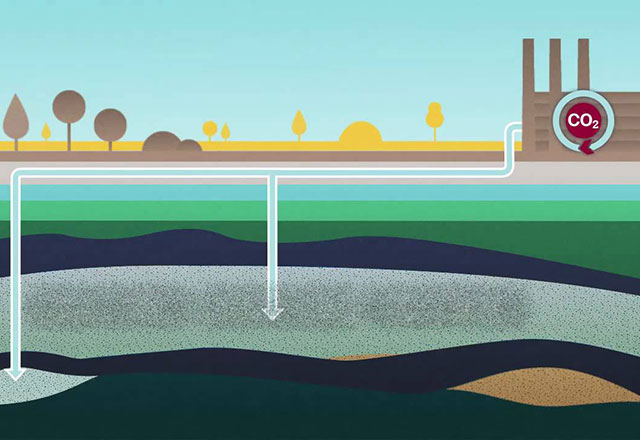
Science
“Two things are infinite: the universe and human stupidity; and I'm not sure about the universe.” ― Albert Einstein
Hydroclimate Volatility: Navigating Extremes on a Warming Earth
In the face of a rapidly changing climate, the concept of hydroclimate volatility has emerged as a critical area of study, highlighting the dramatic and often sudden fluctuations between extremely dry and wet conditions. This phenomenon poses significant challenges to both natural ecosystems and human societies
Ocean Productivity Declines as Marine Heatwaves Intensify
Marine primary productivity is pivotal for transferring carbon dioxide from the atmosphere into the ocean. This study shows a 65% decline in net primary production in the surveyed area.
Towards Printing the Brain
A 3D-printed 'brain phantom' has been developed, which is modeled on the structure of brain fibers and can be imaged using a special variant of magnetic resonance imaging (dMRI).
Deceit and theft in micro-plastic research?
The study probably helped propagate some of the Facebook sharing of articles that described the damage plastic microparticles did to fish but after a report from a Swedish ethics committee the authors Peter Eklöv and Oona Lönnstedt are retracting their...
The long road of signalling research
Main stream media heralds each new discovery of a signalling molecule as a breakthrough, the reality is that it's a long road to truly elucidating how each discovery fits within their environment.The Ser and Thr kinase AKT, also known as protein kinase B (PKB), was...
The new premier league players
“The bees solved the task in a different way than what was demonstrated, suggesting that observer bees did not simply copy what they saw, but improved on it,” Dr Olli J. Loukola Queen Mary, University of London's School of Biological and Chemical Sciences (QMUL)...
A new way to calibrate the postmortem clock?
It's almost in every detective film or novel, the line where the detective asks the pathologist 'What was the time of death?'. The postmortem interval (PMI) as it is defined contains the answer to that question. There are several methods to evaluate the...
Rock solid: Trapping carbon dioxide
"Capturing carbon dioxide is only part of the problem, how do you store the gas once you trap it?" The amount of research into global warming and how to reduce the increasing carbon dioxide (CO2) has grown exponentially over the last 15 years. Carbon capture and...
Resurrection of the biomorphs
“ The biomorph experiment was one of the first ‘apps’ that demonstrated the fundamentals of evolution as described by Darwin. It’s sad to think what else we may have lost on the way”Dr D C HerathMedical Director, PRAESENTIA It's interesting to think...

- Millions of new solar system objects to be found...on June, 2025 at 1:34 am
Astronomers have revealed new research showing that millions of new solar system objects are likely to be detected by a brand-new facility, which is expected to come online later this year.
- Collaboration can unlock Australia's energy...on June, 2025 at 9:29 pm
New research demonstrates that with collaboration between stakeholders, Australia can fully decarbonize its domestic and energy export economies by 2060 -- a feat requiring $6.2 trillion USD and around 110,000 square kilomters of land -- while avoiding harm to important areas for biodiversity […]
- Guardrails, education urged to protect adolescent...on June, 2025 at 6:12 pm
The effects of artificial intelligence on adolescents are nuanced and complex, according to a new report that calls on developers to prioritize features that protect young people from exploitation, manipulation and the erosion of real-world relationships.
- Molecular link between air pollution and...on June, 2025 at 6:12 pm
A new study found exposure to specific tiny particles in air pollution during pregnancy are associated with increased risk of various negative birth outcomes.
- Atmospheric chemistry keeps pollutants in the airon June, 2025 at 3:50 pm
A new study details processes that keep pollutants aloft despite a drop in emissions.
Astronomers have uncovered a massive stellar black hole in the Milky Way, just 2,000 light-years from Earth. This black hole was discovered “by chance” from data collected by the European Space Agency’s Gaia mission. The black hole has been dubbed Gaia BH3, or BH3 in short. It is the second-closest known black hole to Earth. Discovery of a dormant 33 solar-mass black hole in pre-release Gaia astrometry. Astronomy & Astrophysics, 2024; DOI: 10.1051/0004-6361/202449763

Header Banner: On 4 July 2012, the ATLAS and CMS experiments at CERN’s Large Hadron Collider announced they had each observed a new particle in the mass region around 126 GeV. This particle is consistent with the Higgs boson predicted by the Standard Model. The Higgs boson, as proposed within the Standard Model, is the simplest manifestation of the Brout-Englert-Higgs mechanism. Other types of Higgs bosons are predicted by other theories that go beyond the Standard Model. On 8 October 2013 the Nobel prize in physics (link is external) was awarded jointly to François Englert and Peter Higgs “for the theoretical discovery of a mechanism that contributes to our understanding of the origin of mass of subatomic particles, and which recently was confirmed through the discovery of the predicted fundamental particle, by the ATLAS and CMS experiments at CERN’s Large Hadron Collider”. The DarkDrug logo shows the Milky Way, the galaxy we call home and yet only explored a fraction of.
